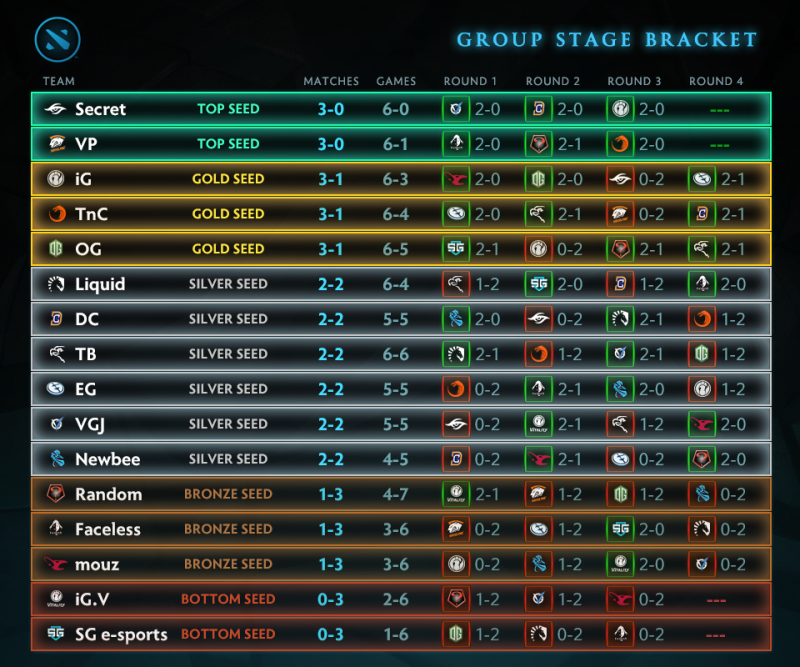Predicting the Ever-Shifting Sands: A Look at Online Game Meta-Evolution
The digital realm of online gaming is a constantly evolving ecosystem. Within this ecosystem lies the "meta," a nebulous concept encompassing the most effective tactics, strategies, and character/item builds prevalent at any given time. Understanding and, more importantly, predicting the meta is a crucial skill for competitive players, content creators, and even developers. It’s akin to reading the stock market, but instead of financial assets, you’re tracking the perceived value of digital advantages.
The meta isn’t static. It’s a dynamic force, influenced by patches, player experimentation, community trends, and even psychological factors. A dominant strategy might reign supreme for weeks, only to be dethroned by an unforeseen counter or a clever adaptation. The ability to anticipate these shifts is what separates the good players from the great, and the insightful developers from those struggling to keep their game balanced and engaging.
Factors Driving Meta Shifts
Several key factors contribute to the ever-changing nature of the meta:
-
Patch Updates and Balance Changes: This is the most direct and predictable influence. Developers regularly release patches to address imbalances, introduce new content, and generally shake up the gameplay. These updates can drastically alter the power rankings of characters, weapons, abilities, or even entire strategies. A seemingly minor tweak to a cooldown timer or damage multiplier can have a ripple effect across the entire meta. For example, if a character known for high mobility receives a nerf to their movement speed, players might gravitate towards characters with stronger defensive capabilities or long-range damage.
-
Player Discovery and Innovation: Even without explicit changes from the developers, players are constantly experimenting and discovering new synergies and strategies. What might initially be considered a niche or suboptimal approach can, through dedicated practice and refinement, evolve into a meta-defining tactic. This often involves exploiting previously overlooked mechanics or finding creative ways to combine existing elements. Think of the "speedrunning" phenomenon; players often uncover unintended shortcuts and exploits that drastically alter the optimal path through a game. This spirit of exploration is crucial for meta development.
-
Community Influence and Content Creation: The rise of streaming platforms like Twitch and YouTube has significantly amplified the influence of prominent players and content creators. Their gameplay demonstrations, strategy guides, and tier lists can quickly shape the perception of what’s "good" and "bad" in a game. If a popular streamer starts showcasing the effectiveness of a particular character build, it’s likely to see a surge in popularity, potentially pushing it into the meta spotlight. This creates a feedback loop, where community perception reinforces and amplifies existing trends.
-
Counter-Meta Development: As a dominant strategy emerges, players naturally begin to seek ways to counter it. This leads to the development of "counter-meta" strategies, designed specifically to exploit the weaknesses of the prevailing tactics. For example, if a tank-heavy composition becomes popular, players might start using characters or abilities that excel at dealing percentage-based damage or bypassing armor. The constant push and pull between dominant strategies and their counters is a fundamental driver of meta evolution.
-
Psychological Factors and Mind Games: The meta isn’t solely about objective power. Psychological factors also play a significant role. Players can be hesitant to adopt new strategies, even if they are objectively superior, due to familiarity with existing approaches or fear of the unknown. Additionally, the meta can be manipulated through "mind games," where players intentionally employ suboptimal strategies to bait opponents into predictable responses. A skilled player might feign a weakness to lure their opponent into a trap.
Predicting the Meta: A Multifaceted Approach
Predicting the meta is not an exact science, but a combination of observation, analysis, and intuition. Here’s a framework for approaching this complex task:
-
Thorough Patch Note Analysis: This is the most fundamental step. Carefully read and understand the implications of every change introduced in a patch. Consider how these changes might affect the relative power levels of different characters, items, or strategies. Don’t just focus on the explicit changes; think about the potential ripple effects and unintended consequences. Look for subtle buffs or nerfs that might have been overlooked by the community.
-
Data Analysis and Statistical Tracking: Many online games provide access to detailed statistics on character usage, win rates, and item builds. Analyzing this data can reveal emerging trends and identify potentially overpowered or underpowered elements. Pay attention to outlier data points; these might indicate the emergence of a new strategy or the exploitation of a hidden mechanic. Tools like APIs and third-party stat trackers can be invaluable for gathering and analyzing this data.
-
Community Engagement and Observation: Actively participate in the game’s community forums, Discord servers, and social media channels. Observe the discussions, analyze the gameplay videos, and pay attention to the opinions of prominent players and content creators. This can provide valuable insights into the community’s perception of the meta and identify emerging trends that might not be immediately apparent from data analysis alone. Watch pro players closely; they are often at the forefront of meta development.
-
Experimentation and Theorycrafting: Don’t just passively observe; actively experiment with different strategies and builds. Test your theories in practice and see how they perform against different opponents and playstyles. This hands-on experience is crucial for developing a deep understanding of the game’s mechanics and identifying potential exploits. Theorycrafting, the process of analyzing and optimizing builds on paper, can also be a valuable tool, but it should always be followed up with practical testing.
-
Anticipating the Counter-Meta: Think ahead and consider how the current meta might be countered. What are the weaknesses of the dominant strategies, and what tools or tactics can be used to exploit them? Developing a counter-meta strategy can be a highly effective way to gain an advantage in competitive play. If everyone is playing aggressively, consider a more defensive, reactive approach.
-
Understanding Developer Philosophy: Analyzing past patch notes and developer communication can reveal their overall design philosophy and tendencies. Do they tend to favor small, incremental changes, or large, sweeping reworks? Are they more concerned with competitive balance or player enjoyment? Understanding these underlying principles can help you anticipate their future actions and predict how they might respond to emerging meta trends.
The Benefits of Meta Prediction
The ability to accurately predict the meta provides several significant advantages:
-
Competitive Advantage: In competitive games, understanding the meta is crucial for achieving success. By anticipating shifts in the meta, players can adapt their strategies and builds to stay ahead of the curve. They can choose characters or items that are well-suited to the current meta or develop counter-meta strategies to exploit the weaknesses of their opponents.
-
Content Creation Opportunities: For content creators, predicting the meta can be a goldmine of opportunity. By creating guides, tutorials, and gameplay videos showcasing emerging strategies, they can attract a large audience and establish themselves as experts in the game. Being the first to identify and popularize a new meta strategy can be a significant boost to a content creator’s visibility.
-
Informed Development Decisions: For game developers, understanding the meta is essential for maintaining balance and ensuring a positive player experience. By tracking meta trends and analyzing player feedback, they can identify imbalances and make informed decisions about future patches and content updates. A proactive approach to meta management can prevent the game from becoming stale or dominated by a single, oppressive strategy.
Conclusion
Predicting the meta in online games is a challenging but rewarding endeavor. It requires a combination of analytical skills, community engagement, and a deep understanding of the game’s mechanics. By mastering this skill, players can gain a competitive edge, content creators can attract a larger audience, and developers can create more balanced and engaging gaming experiences. The meta is a constantly shifting landscape, and those who can anticipate its changes will be well-positioned to thrive in the ever-evolving world of online gaming. The key is to embrace the dynamic nature of the meta and continuously learn and adapt to new challenges and opportunities.

